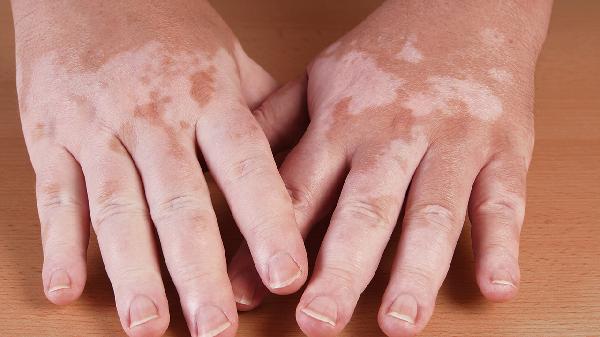When autumn and winter arrive, the weather becomes colder, and the air turns drier, which is very harsh on a baby's delicate skin. Baby skin is fragile and tender, and its ability to adapt to and regulate external temperatures is weaker than that of adults, making it prone to cracking.
So, how should baby skin cracking be cared for?
Cracking is a common skin condition that frequently occurs in autumn and winter. Babies with cracked skin may experience dryness, thickening, and even peeling on their hands and feet. This is mainly due to the cold, dry air with low humidity during autumn and winter, which, combined with the baby's tender skin being exposed to cold winds and dry weather, leads to dryness and cracking. Additionally, babies' hands lack hair for warmth, and their sweat glands are fewer, exacerbating the issue. Furthermore, picky eating and deficiencies in vitamins A and B can also contribute to skin cracking. It’s also worth noting that conditions like hand-foot eczema and fungal infections can complicate cracking.

What to do about baby skin cracking?
1. Apply moisturizer
Moisturizer has oiliness and hydrating properties, which can form a protective barrier on the baby's cracked skin, shielding it and providing moisture. Therefore, after washing the baby's hands and face, parents can apply moisturizer to these areas to nourish the baby's skin. For babies who drool a lot, saliva can corrode the skin around the mouth, causing redness, so it’s important to generously apply moisturizer around the baby's mouth as well. If the baby’s hands are cracked, soak them in warm water for a few minutes daily to soften the skin. After drying with a towel, apply hand cream to protect the baby's hands.
Additionally, mixing vinegar and glycerin in a 5:1 ratio and applying it twice daily can work wonders for baby skin cracking. It helps promote rapid healing and leaves the skin tender and smooth.
2. Avoid frequent bathing to prevent cold air irritation
During autumn and winter, it’s best not to bathe the baby too frequently—keeping it to once every three to four days or once a week is sufficient. Make sure the water temperature is appropriate. After bathing, always apply a baby-specific body lotion for hydration.
3. Maintain indoor humidity
A major cause of baby skin cracking is dry air. Thus, to speed up recovery, it’s a good idea to use a humidifier indoors to ensure the air stays moist.
Baby skin is fragile and delicate. In addition to the above precautions, a balanced diet is also a key factor in keeping the baby's skin smooth and tender. Parents should take a multifaceted approach to protect their baby's skin. For babies already experiencing cracking, parents must provide careful care. For those without cracking, parents should focus on prevention.
























